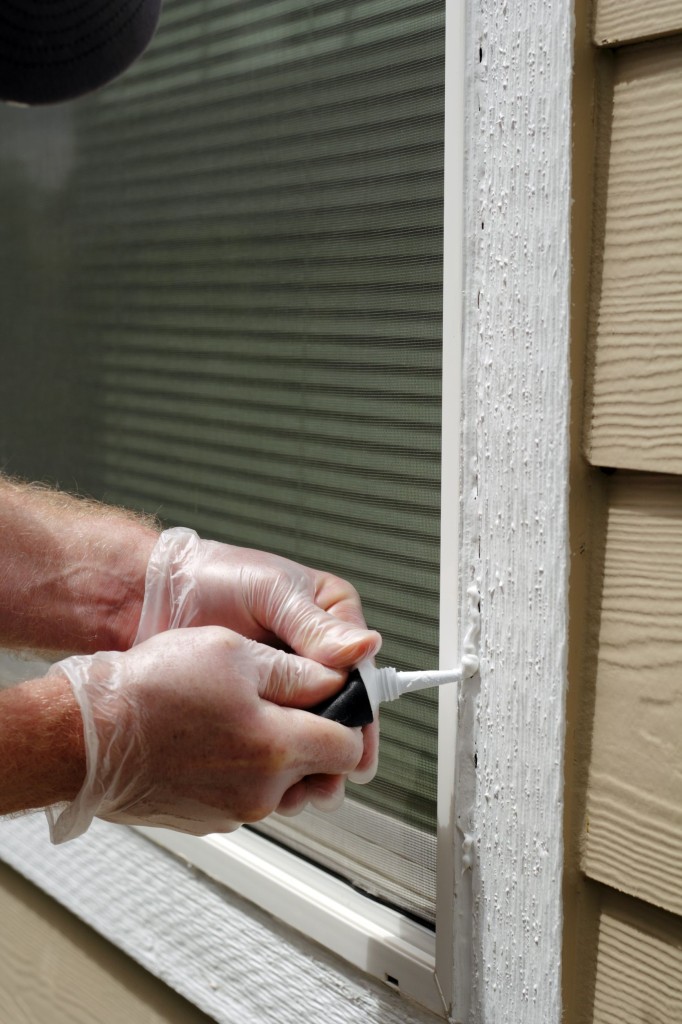How to Autumn Pest-Proof Your Home

Our friends at GreenLead Pest Control wrote an awesome article on ‘How to Autumn Pest-Proof Your. You can find the full article HERE.
Now that it’s autumn, you’d expect the cooler weather to make most of the pesky summer critters disappear off the face of the earth – or at least from your backyard. While it’s true that with longer nights, shorter days, and lower temperatures, you’ll see fewer and fewer of those biting, stinging arthropods that bothered you all summer long, their disappearance is not necessarily a sign that they’re gone for the rest of the year.
In fact, you may be even more exposed to their annoying buzzing in the autumn than in summer, because once the warm season is over, they’ll start seeking refuge from the cold of winter – and what better place to hide than inside your warm, cozy house, with plenty of food and water to keep them all happy and satisfied?
You may start noticing insects such as flies, stink bugs, lady beetles, spiders, ants, and others congregating on the south and west walls of your house at the beginning of autumn. Perhaps if they remained on the outside of the house, few homeowners would still be bothered by them, but before you know it, hundreds of them will find their way inside your fortress and start the search for winter quarters. Some of them are completely harmless – far less active than in summer – but even so, most people are reluctant to share their homes with the same bugs that made their summer nights a nightmare.
Fortunately, you can keep them on the outside without resorting to aggressive or expensive insecticide applications – just follow these few simple steps to pest-proof your house this autumn.
How to Autumn Pest-Proof Your Home
4 Ways to Prevent Insect Invasions Indoors

Seal from the outside
Some of the most bothersome winter pests can crawl through holes the sizes of a dime, so it’s imperative to inspect the exterior of your house carefully for any openings you might find. Pest control experts’ advice is to look for light coming through cracks, and also pay attention to air movement, which can sometimes be indicative of hidden openings. Start by checking seals around doors, windows, and crawlspace openings; examine the foundation for crevices and seal each one with caulk or concrete. Examine the attic vents, eaves, and flashing to seal openings and replace rotting wood. In general, pay attention to:
- Siding seams
- Roof flashing
- Wood siding against masonry
- Loose window trim
- Skylight casings
- Soffit vents
- External sheathing
By doing so, you will not only keep under control what could become an overwhelming home invasion, but you will also conserve energy by keeping the cold air out.
Screen all vents
Although you arduously want to prevent critters from finding refuge inside your house, you are certainly not expected to turn your house into a bunker. Your house probably has large vents into the attic or small vents installed in the soffit or along the roof peak – make sure each and every one has intact screening and that there are no cracks around the edges, large enough for bugs to crawl through. By using fine screens and keeping them in good repair, you will be able to deny entry to even the smallest of pests. It’s important not to overdo it, keeping in mind to maintain adequate ventilation inside.
Focus on doors and windows
Doors and windows are certainly the most accessible entry points inside your house, and insects would not be shy of using them to full potential. For doors, use weather stripping, install thresholds and door sweeps, or use spring steel strips to keep insects from crawling under the door. Windows should be fitted with fine mesh screens and inspected for cracks and crevices in the casings.

Evacuate existing populations
If there are insects living in your garden or backyard, sooner or later they’ll find a way in, so start by inspecting your home’s exterior to identify your enemy and remove all its habitats. Search in areas that provide food, shelter, and moisture, but also scout for places where they might be hiding from predators. Start by:
- Clean gutters
- Remove debris from around the house, including compost bins, rock piles, and wood
- Remove autumn leaves from the porch and other auxiliary structures
- Make sure potted plants and other vegetation doesn’t touch the foundation (tree limbs that overhang roof lines must be pruned)
- Don’t allow mulch to pile against the side of the house as it can increase the chances of termite infestation
- Store firewood away from the house walls
- Replace outside bulbs with yellow sodium vapor lights
By far the best approach to managing autumn invaders and overwintering bugs is prevention. Perform each of the above steps – or contact CleanStart pest control professional to ensure an efficient preventative treatment for your house and garden – and you’ll not have to worry about insects until the next spring.


